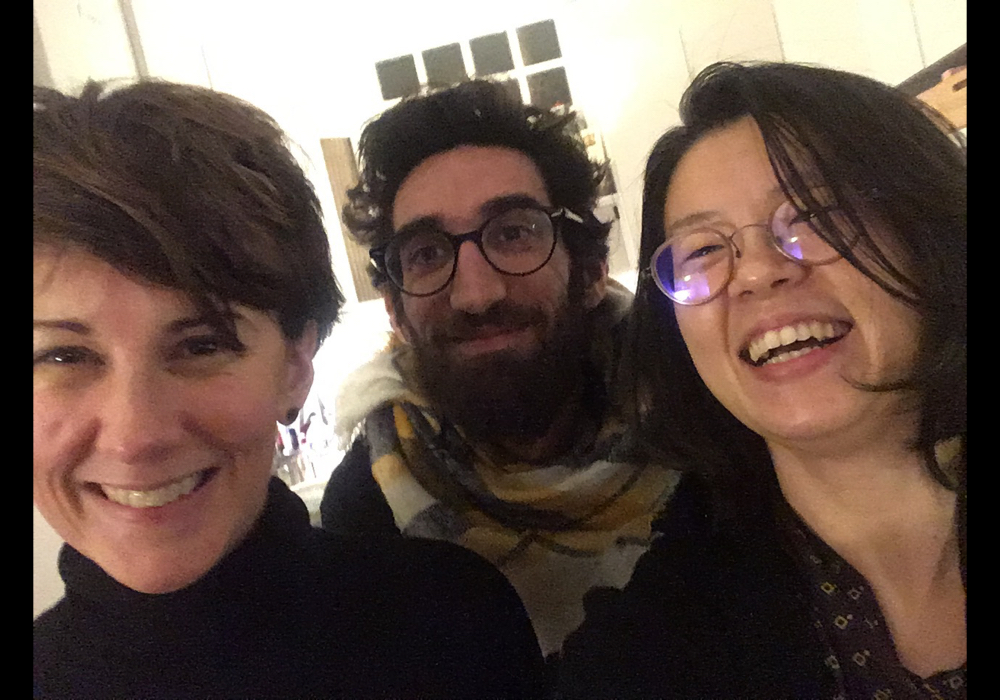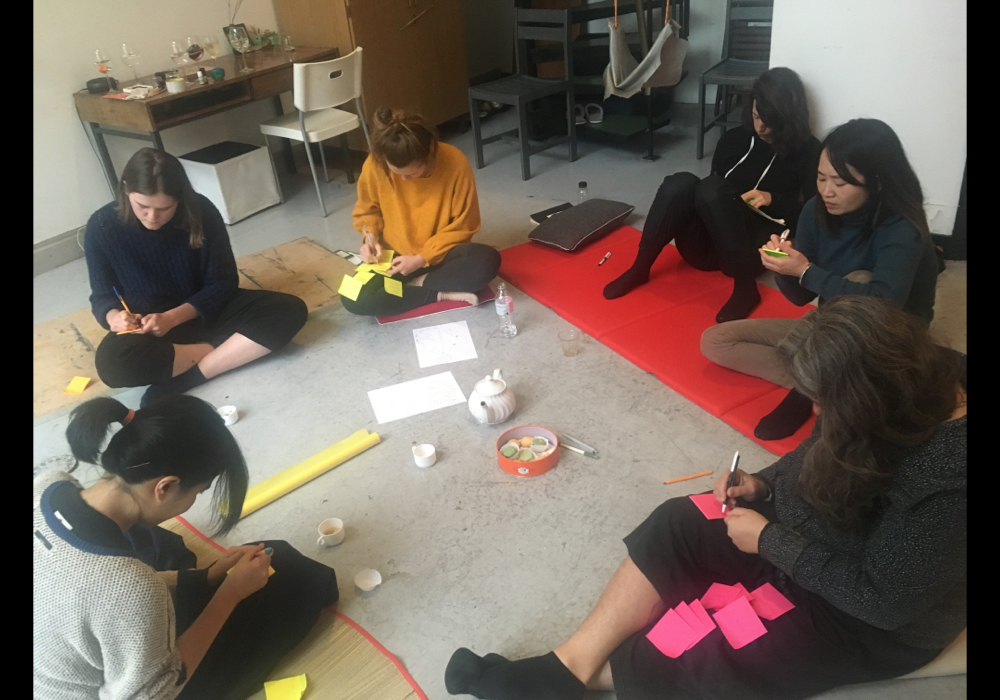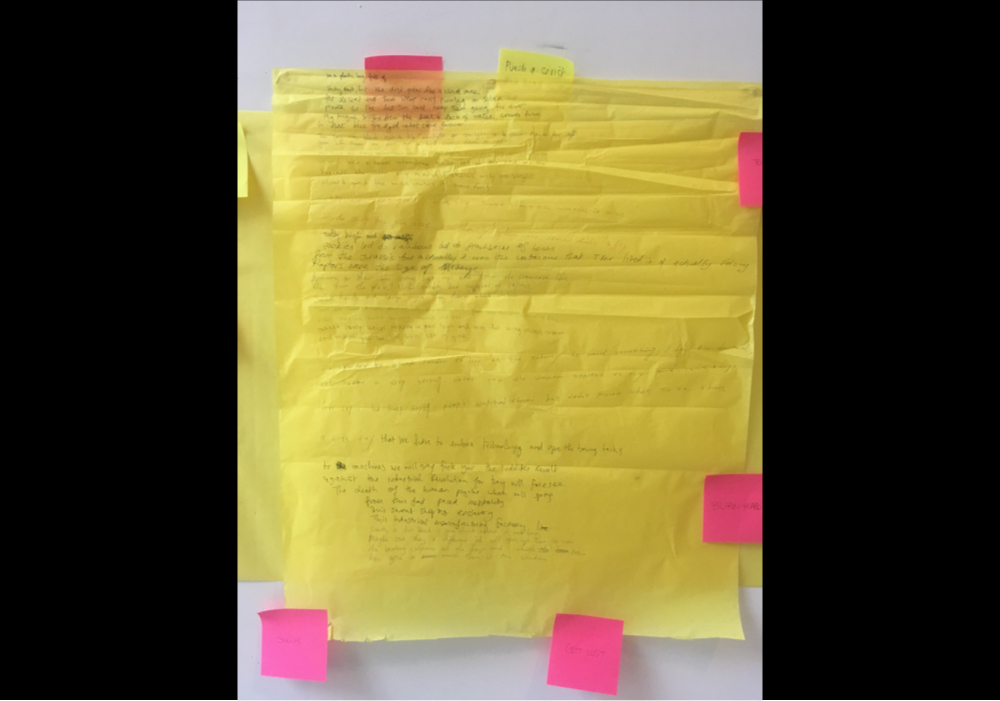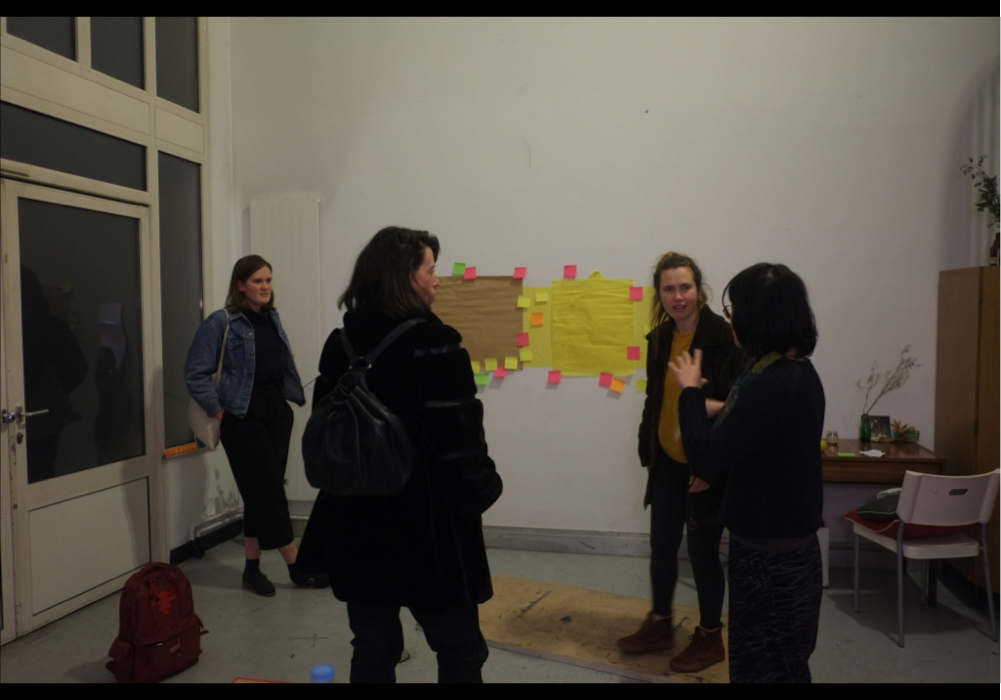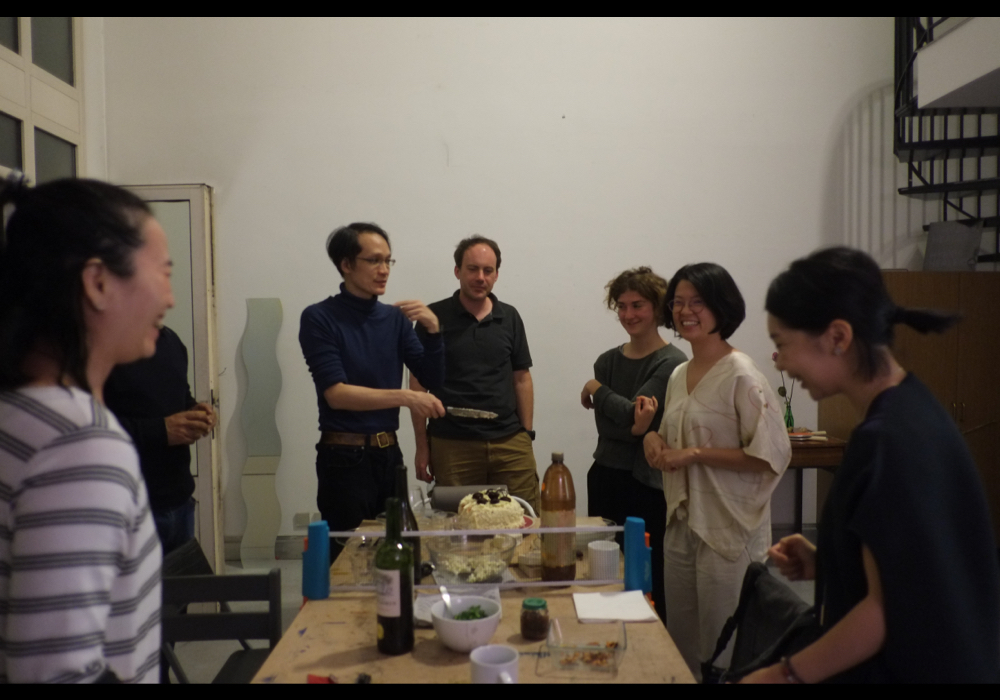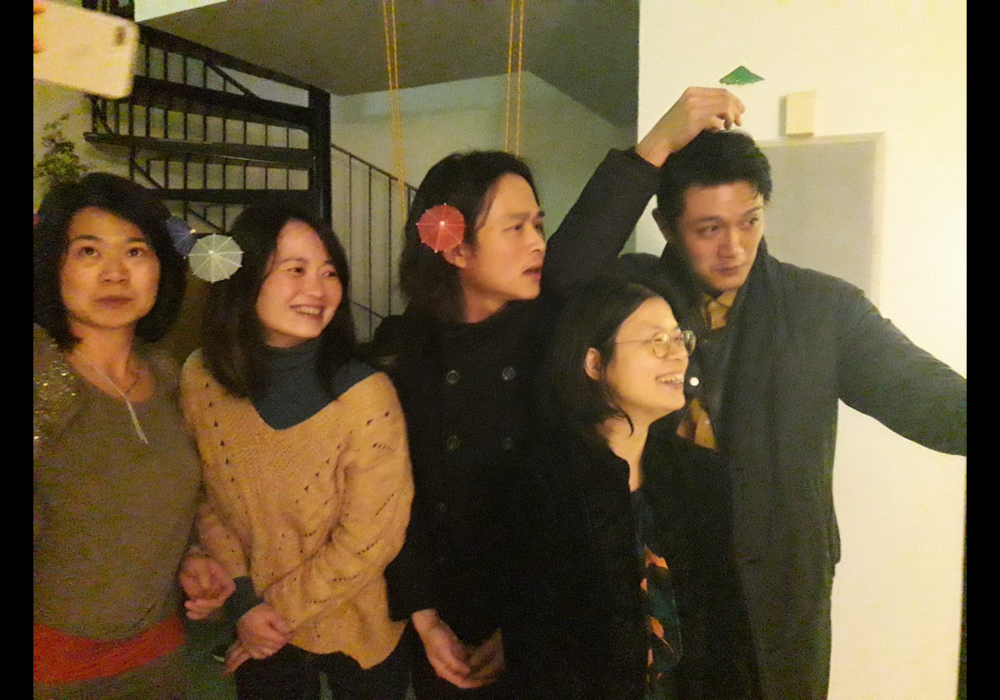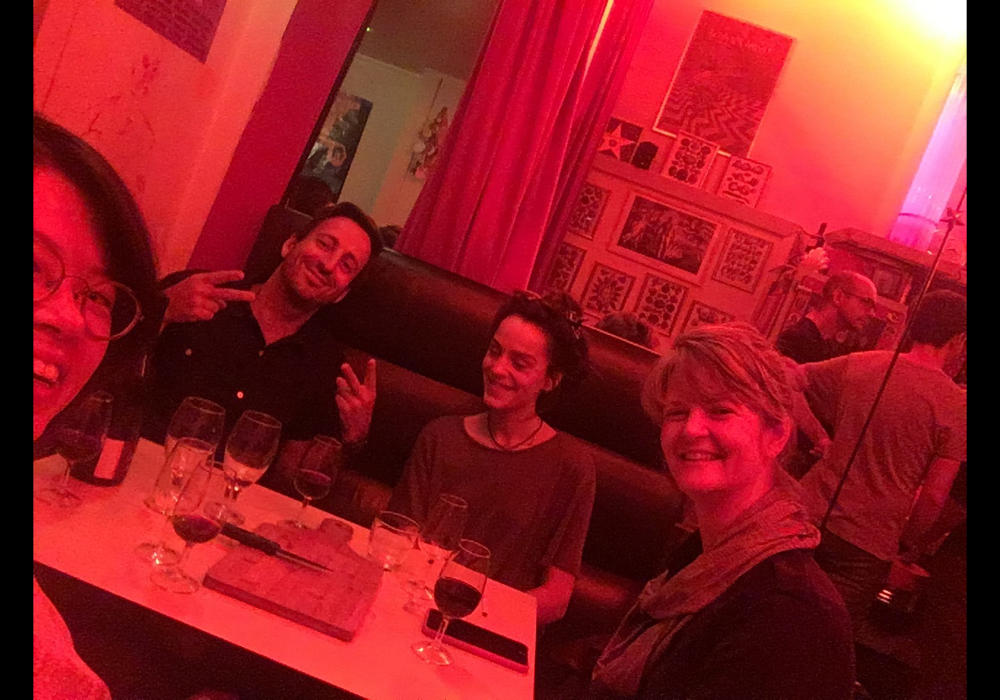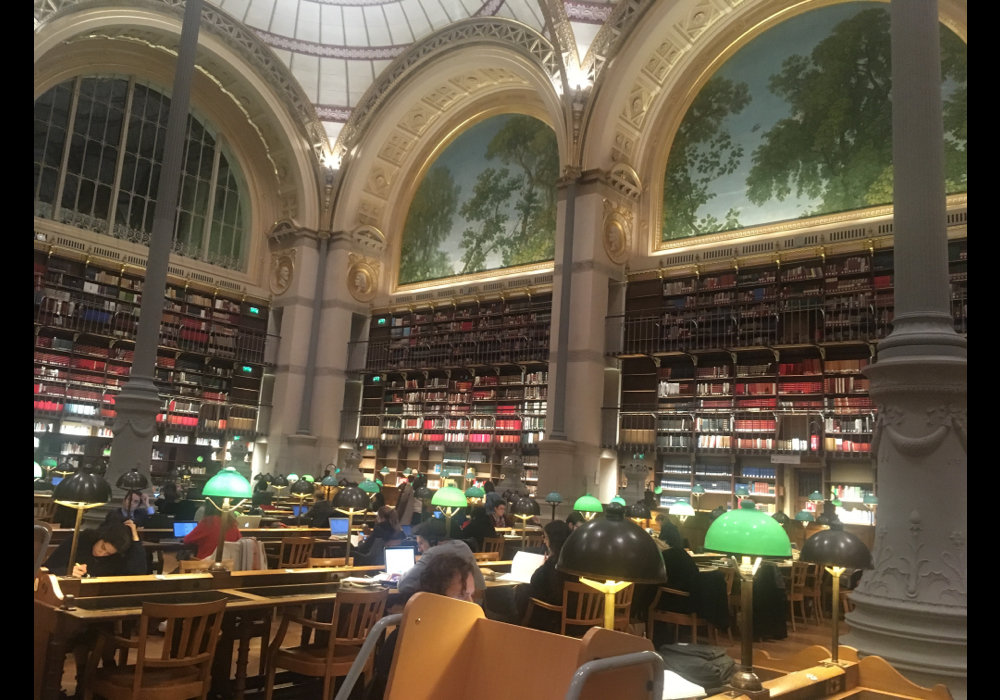Artists
Photo Credit: NIU Chun-Chiang
Esther Lu
Esther Lu
| Location | France / Paris |
|---|---|
| Residency | Cité Internationale des Arts |
| Year of the Grant | 2018 |
Esther was the director of Taipei Contemporary Art Center from 2015 to 2107, and the curator of This is not a Taiwan Pavilion — collateral event in the 55th Venice Biennale in 2013. She has curated a number of international exhibitions and workshops in Asia and Europe. Her recent curatorial practice involves creating co-learning and innovative mediation strategies for professional workshops and audience experience.
The residency at Cité des Arts was absolutely a precious opportunity for me to re-organize and re-orientate my curatorial practice as well as interest after a long period of intense work entangled with daily operation in an art institution. During this tranquil period of exploration in Paris, I resumed to reading and writing again, expanding new experiments with text while conducting various conversations with artists. Following my previous experiences learnt from conducting workshops, creative methodologies of collaborating artists and reflections upon art history, I began to dive into the dialectic space that was generated in between artistic production and pursuit—whether in content or form, bridging my inner world and situated reality in a fresh perspective. The key professional development for me during my residency was to model some “exhibition scores” based on my research in the 20th century art history and personal curatorial practice, and these produced work would be later applied in my future presentation.
There were three hundred studios at Cité des Arts, housing international artists from all over the world as a mini UN community. The French curator association had their office there as well, organizing professional meetings on a monthly basis. Such vibrant environment did provide many chances to meet new friends and the local professionals, and I also grabbed my chance to explore some local scene, visiting less mainstream sites, studios and spaces in the extended network to learn more about the ongoing events and trends in art, observing the reality of culture production. There were endless cultural contents offered by the city, and it was a challenge to balance the active social life and the progress of personal research/work. How to be creative to acquire resource and turn it into a sustainable capital within a short span of time was certainly a joyful task.

